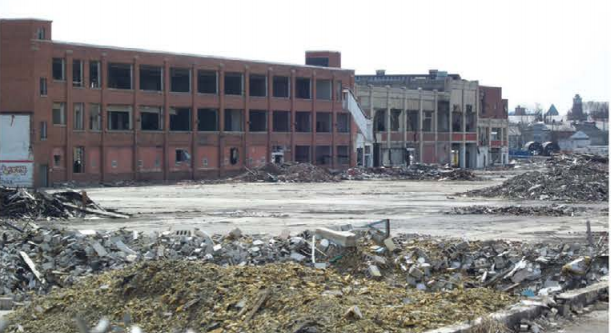In 2015, the U.S. Environmental Protection Agency (EPA) marked the 20th anniversary of the Brownfields program and launched its Next Generation Brownfields initiatives to promote improved approaches for supporting American communities in their revitalization efforts.
One initiative is to provide guidance and technical assistance to localities and brownfields practitioners on leveraging resources for brownfields revitalization.
Brownfields, abandoned properties, and blight affect communities across America. Grants from the U.S. Environmental Protection Agency (EPA) provide essential funding to communities for brownfields assessment, cleanup, area-wide planning activities, and revolving loan funds. However, after using the funding available from EPA’s Brownfields
program, local communities often struggle to secure adequate resources to complete brownfields revitalization projects.
Cleanup costs can be substantial, expensive infrastructure upgrades may be needed to support revitalization efforts, design and engineering costs can be daunting, and
redevelopment costs may be prohibitive, especially in distressed or small communities with weak markets and at sites with limited reuse potential. Many communities struggle to find and attract sufficient funding for brownfields redevelopment projects. It often is difficult for communities to identify how best to invest limited local resources.
Sound initial investments of local funds in brownfields revitalization can attract the interest and support of outside investors and lead to additional funding. In addition, finding, understanding, and meeting the qualifications for federal, state, and philanthropic grant and loan programs can be confusing, time-consuming, and difficult.
This new 2016 guide explores how communities can prepare to successfully leverage funding and other resources for brownfields revitalization. EPA developed it to assist communities in overcoming these challenges.

